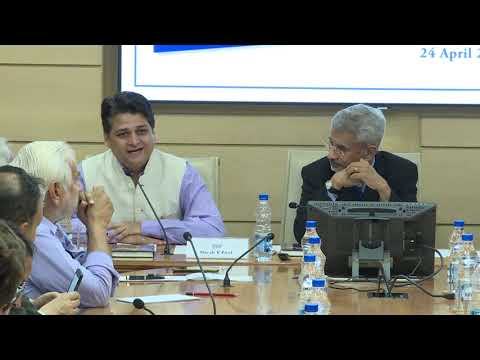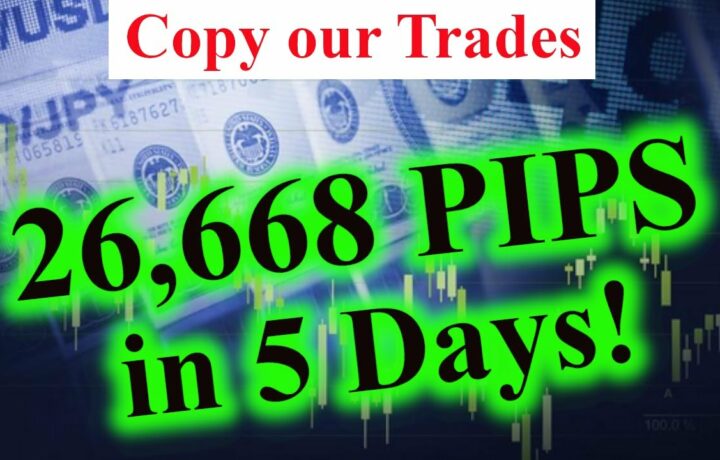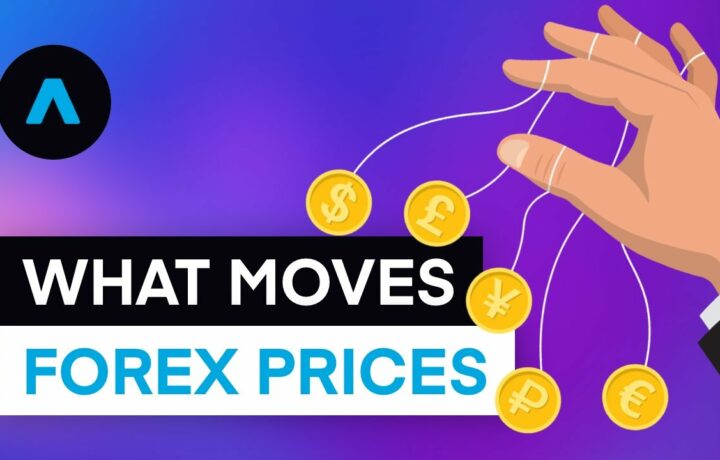Explore New Vids Explaining Event Driven Investing Books, Book Discussion | Indian Foreign Policy: The Modi Era.
Indian foreign policy has undergone a remarkable transformation in a short span of five years, since the coming to office of the Narendra Modi government in May 2014. This is reflected in the academic and policy debates that have emerged in the last few years. No prime minister before has generated the kind of voluminous literature that Prime Minister Modi’s foreign policy has in such a short span, forcing even the critics to concede that something has indeed shifted on the foreign policy front. This book is a collection of author’s articles written over a period of five years covering various aspects of Modi government’s foreign policy. They provide a vivid trajectory of the evolution of Indian foreign policy priorities over the last five years and underscore the shifts and continuities in Prime Minister Modi’s global outreach. The writings in this volume cover the author’s assessment of the Modi government’s foreign policy since May 2014, thereby allowing the readers to engage with the broader arc of Indian diplomacy.
Speakers:
Samir Saran, President, Observer Research Foundation
Harsh V. Pant, Director and Head of the Strategic Studies Programme, ORF
S. Jaishankar, Former Foreign Secretary, Government of India

Event Driven Investing Books, Book Discussion | Indian Foreign Policy: The Modi Era.
Measurable Occasion Trading Versus Over-Simplistic Assumptions
Spikes don’t vary much hereof, they simply occur over a smaller home window of time. A spike occurs to begin with since the marketplace has actually simply found out new info, details which is not yet “valued in”. Depending on the extent of the details, the spike will certainly be huge or small, and continue or fail. To discuss this concept a little better, I’m mosting likely to cite what a number of event-driven quantitative approaches do often:
Designers of these event-based (spike) trading approaches are able to quantify information retrieved from economic data releases instead conveniently. They simply take the deviation from the real and expected number, couple it with various other economic information launches that occur at that point in time (if necessary), take the typical change in rate prior to as well as after specific deviations happen, the duration in which these changes happen, and are able to maximize a strategy based on this as well as any other technological factors they wish. They have a background of information (numbers) with which to function.
In all of the variables noted above, numbers are available, and also machines need numbers. However what occurs when a spike is brought on by a remark from a high ranking government official? No numbers there, simply words. Yes, words.
What concerning words? Words, when it concerns shows, can be numbers. Let me clarify:
Words are weights, when determined versus each other in regard to price motions. “downgrade” carries a different weight than “stimulation” or “protect” or “safeguard the currency”, and so on, depending upon who it is coming from as well as the context of other words used at the time.
High and low ranking government officials can be weights. The high ranking government official evaluates more than a low ranking government official, etc. A rating agency, as well as the words used in their news release, can be weight. Etc. etc.
So when you take an industry-standard news feed, designate weights (numbers) to whatever stated over versus typical price movements, time, various other technical aspects, etc., you wind up with an example of data that can be optimized into a potentially rewarding trading strategy.
And also while I recognize everything may sound ludicrous at first, if you assume I’m simply drawing your leg on all of this, reconsider. While I’m providing a very streamlined description of the idea, it is undoubtedly made use of in mainly all markets by various individuals, and also definitely in this one.
What moves the foreign exchange market?
The foreign exchange market is composed of money from all over the globe, which can make exchange rate predictions challenging as there are numerous elements that might contribute to rate activities.
However, like a lot of economic markets, forex is largely driven by the forces of supply as well as demand, as well as it is important to acquire an understanding of the impacts that drives rate fluctuations right here.
Reserve banks
Supply is controlled by reserve banks, that can introduce actions that will certainly have a significant result on their money’s cost. Quantitative easing, as an example, entails infusing more cash into an economy, and can create its currency’s cost to drop.
Report
Commercial banks and also other financiers often tend to wish to place their capital into economic situations that have a solid outlook. So, if a favorable item of news hits the marketplaces regarding a particular area, it will certainly encourage investment and also boost demand for that region’s money.
Unless there is an identical rise in supply for the money, the variation in between supply and also need will certainly trigger its rate to increase. In a similar way, an item of unfavorable information can cause financial investment to lower and lower a money’s rate. This is why money tend to reflect the reported financial health of the region they stand for.
Market belief
Market view, which is often in reaction to the information, can likewise play a significant role in driving currency costs. If investors believe that a currency is headed in a particular instructions, they will certainly trade accordingly and also might encourage others to do the same, raising or reducing demand.
Economic information
Economic data is important to the price motions of currencies for two reasons it offers an indicator of exactly how an economy is executing, and also it uses understanding right into what its central bank may do next.
Claim, for instance, that inflation in the eurozone has actually risen above the 2% degree that the European Central Bank (ECB) intends to keep. The ECB’s major policy tool to combat increasing inflation is boosting European rates of interest so traders may start acquiring the euro in anticipation of rates going up. With even more investors desiring euros, EUR/USD might see a rise in price.
Debt rankings
Financiers will try to maximise the return they can get from a market, while minimising their danger. So together with interest rates and also financial data, they may additionally consider debt rankings when choosing where to invest.
A country’s debt rating is an independent assessment of its chance of settling its financial debts. A nation with a high credit score score is seen as a safer area for financial investment than one with a low credit score. This frequently enters into specific focus when debt scores are upgraded and downgraded. A nation with an upgraded credit score can see its currency rise in cost, as well as vice versa.
So Bottom line:
Hearkened severe care around that preliminary pullback factor. Chasing the activity without any type of confirmation in regards to extension is mosting likely to be your killer. Quick stop losses in fast markets.
Read Trending Videos Top Searched Event Driven Investing Books and Financial market news, evaluation, trading signals and Foreign exchange mentor testimonials.
Disclaimer:
Any type of opinions, information, study, analyses, prices, various other info, or links to third-party sites contained on this web site are given on an “as-is” basis, as basic market commentary as well as do not comprise financial investment suggestions. The marketplace commentary has actually not been prepared according to legal needs made to promote the freedom of financial investment research study, and it is consequently exempt to any prohibition on dealing ahead of dissemination. Although this commentary is not generated by an independent source, “TradingForexGuide.com” TFG takes all sufficient actions to remove or stop any type of problems of rate of interests developing out of the manufacturing and dissemination of this communication.




